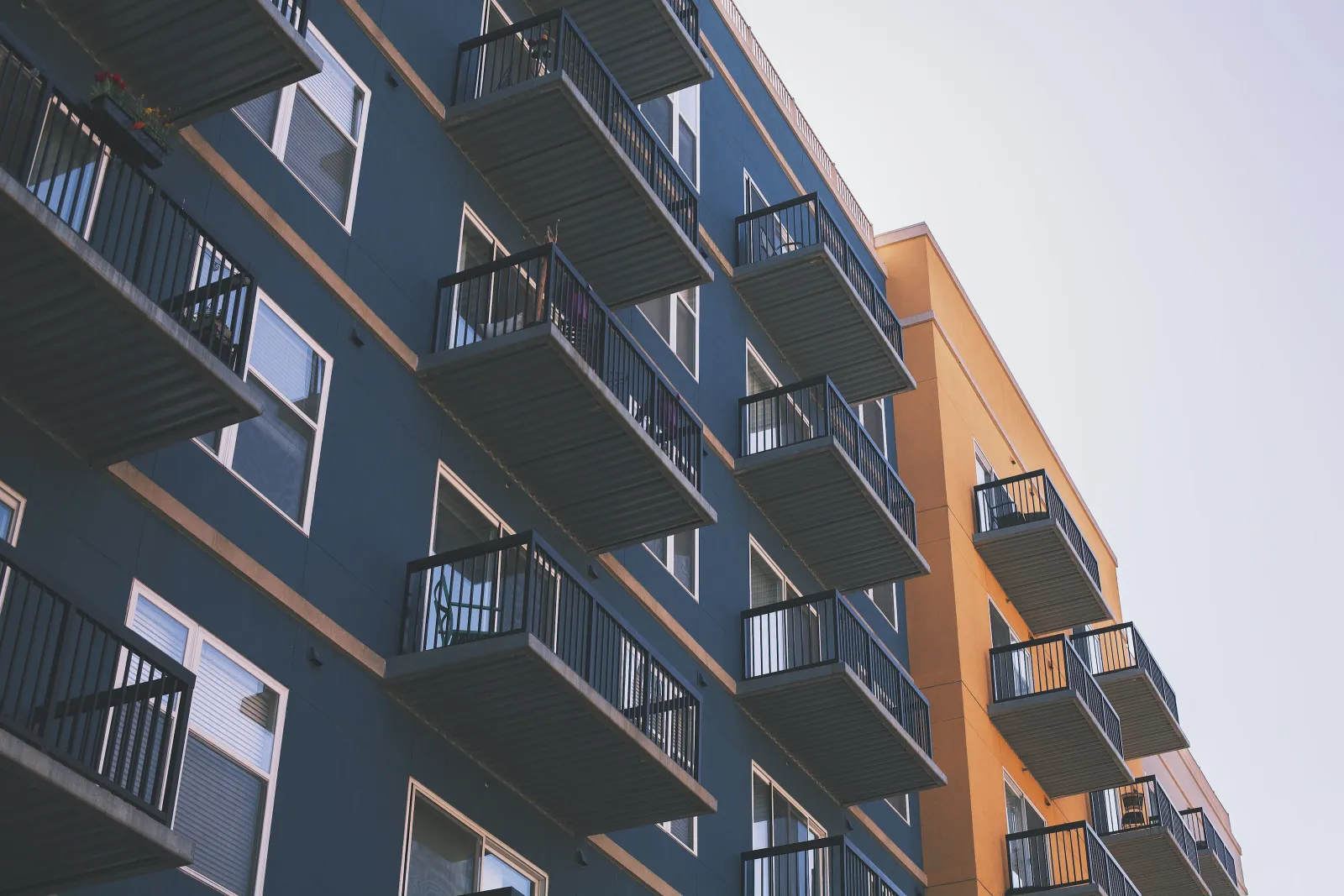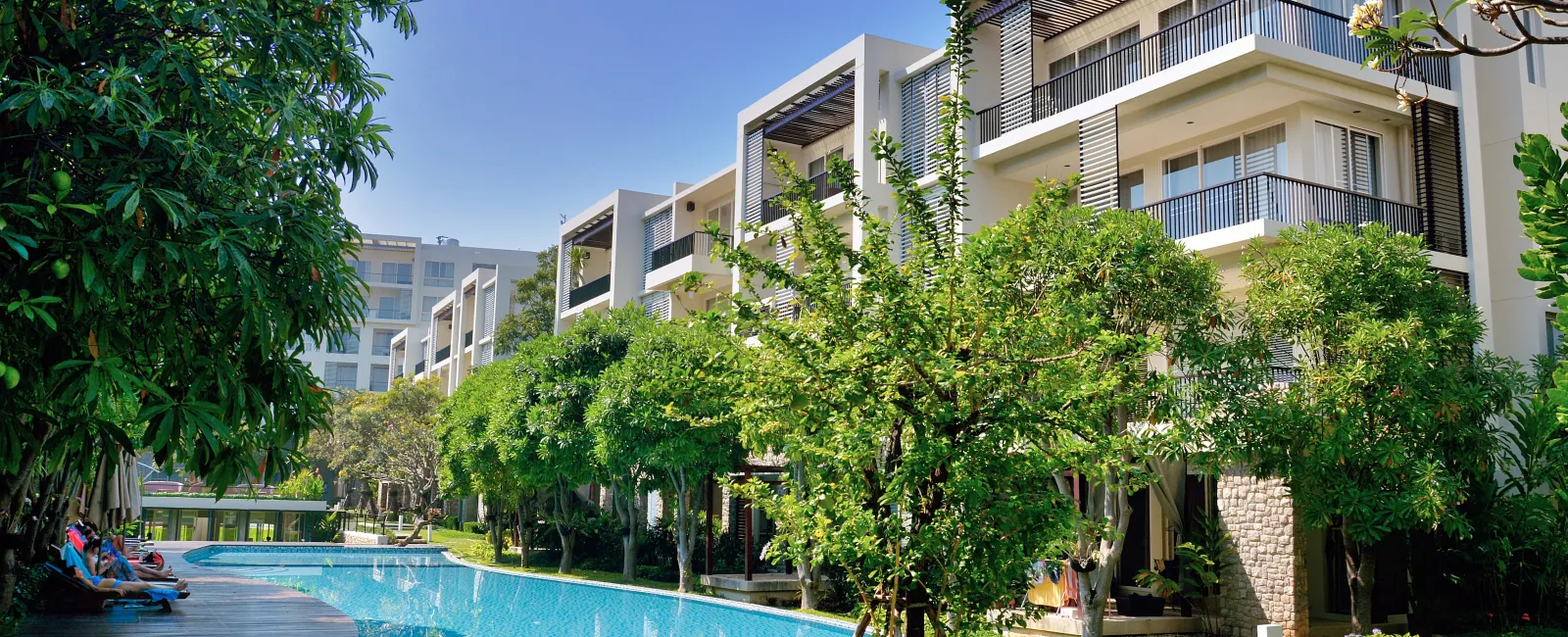The Basics of Apartment Gate Codes
Apartment gate codes are numeric codes, usually 4-8 digits long, that allow residents to enter their apartment buildings and access shared amenities like pools, gyms, and parking garages. They are a ubiquitous part of apartment living, providing an added layer of security and convenience for residents.
Gate codes offer residents an easy way to come and go without needing to carry around keys or access cards. They also allow property managers to control and monitor access to different areas. However, gate codes come with risks if not managed properly.
Benefits of Gate Codes:
- Provide residents a sense of safety and security
- No need to carry physical keys or cards
- Management can easily enable/disable access
- Guests and services can be granted temporary access
Drawbacks of Gate Codes:
- Codes can be shared, leading to unauthorized access
- Difficult to track who uses the codes
- Time-consuming to change codes frequently
- Less secure than newer technologies like mobile credentials
Many apartments are adopting digital access systems like Bluetooth mobile credentials to address gate code vulnerabilities while still offering flexibility.

How Gated Community Entry Typically Works
In a gated residential community, accessing the property usually involves:
- Driving up to an automated entry gate
- Entering the gate code on a nearby keypad
- If correct, the gate opens to allow entry
- If incorrect, a red light or audible buzz indicates denial
Once inside, residents may need to enter another code to access parking garages, pools, gyms, and other amenities.
This gate code entry process seems straightforward but has some core weaknesses:
- Codes can be shared with non-residents
- No way to trace who actually uses the codes
- Outsiders can sneak in behind cars entering
Gate code systems are limited in security compared to newer technology like license plate recognition or smartphone-based systems.
Issues with Universal Gate Access Codes
Many gated communities use a universal gate code shared by all residents. This creates problems:
- Residents commonly share the code with others
- No accountability for who accesses the property
- Major security risk if code leaks online
- Difficult to change code frequently with so many users
Unique codes assigned per household or resident would be far more secure. But in large communities, managing many codes can be burdensome for property staff.
Key Challenges of Traditional Gate Codes
Gate codes have inherent flaws:
- Easily shared - Enabling unauthorized access
- No logging of code use - Cannot trace incidents
- Tedious to change frequently - Lower security
- Less advanced than newer technology - More vulnerabilities
Visitor and vendor access dilemmas:
Managers must educate residents not to freely distribute gate codes. Instead:
- Residents can personally escort in visitors
- Guests can call residents via callbox to gain entry
Limitations of Traditional Gate Codes
Standard keypad gate codes have served as a security layer for decades. However, inherent flaws have become apparent:
- Codes are shared, copied, and reused without accountability
- Managers cannot track code usage or trace breaches
- Changing codes frequently is tiresome and disruptive
- Vulnerable to outsiders "tailgating" or sneaking in behind cars
- No protection against lost or stolen codes ending up online
- Lagging behind newer innovations in access control technology
Gate codes offer a false sense of security. More advanced solutions are required to meet modern security needs.
Rise of Digital Access Control Systems
New technology offers promising gate code alternatives with higher security:
- License plate recognition: Cameras and automated systems to identify cars entering. Prevents unauthorized vehicles.
- Smartphone access apps: Custom digital credentials for each user. Credentials can be instantly deactivated if compromised.
- Key fobs or keycards: Physical tokens that are harder to duplicate and can be individually deactivated.
- Biometric scanners: Fingerprint, face, or iris scanners for highly secure access.
- Remote smartphone entry: Callbox integration allows visitors secure one-time entry without sharing codes.
Benefits of Modernized Access Control
Upgraded systems have compelling benefits:
- Enhanced security - Restricts unauthorized access
- Accountability - Activity & usage tracking
- Flexibility - Custom access permissions
- Convenience - Easy digital credentials
- Future-proof - Scalable and upgradable
- Peace of mind - Drives higher tenant satisfaction
As access control technology continues advancing, communities must keep pace to stay secure.
Conclusion
More robust access control solutions are supplanting antiquated gate codes. While no system is completely infallible, new innovations allow gated communities to reduce security gaps. Managing visitor access remains an ongoing challenge. Ultimately, balancing safety and convenience is imperative to create secure, tranquil environments that residents are pleased to call home.
